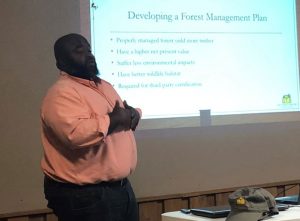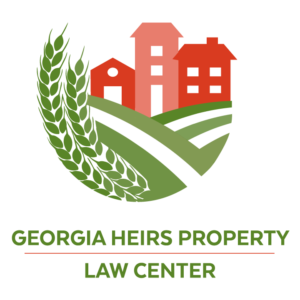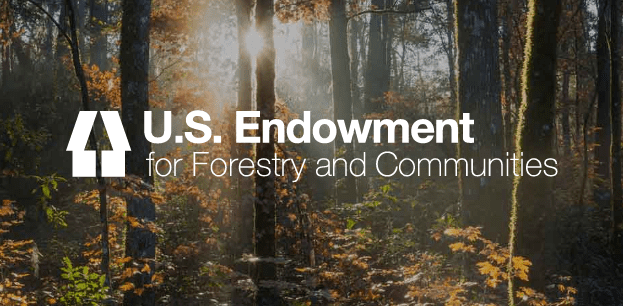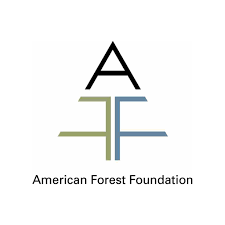Today we are proud to announce the launch of our new website and logo designs as a part of the continuing evolution of our brand identity. After 31 years, our business has grown in geography, offerings, and project complexity, and we felt it was time for a look that was reflective of this modernization. This update of our logos and website is indicative of what we’ve become since 1988: a multi-disciplinary natural resources firm focused on customer service and driven by modern technology and science. We feel it captures the essence of who we are: reliable, integrated, professional, and contemporary.

We recognize our brand and website need to function reliably within modern digital environments like the web, social media, and smaller mobile devices. This required professional graphics and colors which were cleaner, simpler, and consistent regardless of the media. Our new branding distinguishes between our different businesses by logo and color, but also recognizes the integration of each business into the SFC brand family. Furthermore, this new family of brand identities promotes our history of growth as an organization, recognizing the ongoing addition of new business lines, products, and services.
Our new SFC logo pays homage to our past with a classic and practical treatment of our familiar trinity of pines. The first step to forest stewardship is land ownership and that is represented through the Southern Forestry Realty logo, which contains the origin of every southern pine forest, a pinecone. Our newest subsidiary, Wiregrass Ecological Associates, has a classic and minimalist logo inspired by the wiregrass species itself and reflective of its modern approach toward environmental solutions.
For the last 31 years, SFC and its family of companies have provided industry leading natural resources solutions to public and private sector clients across the Southeast. While our professional core values and trusted customer service will always remain the same, we hope you appreciate our new logos’ representation of our integrated approach to solutions and commitment to redefining natural resource management.

 The Georgia Landowner Academy is sponsored by Georgia Outreach for Landowner Development (“GOLD”) and its partners, Georgia Heirs Property Law Center, Golden Triangle Resource Conservation and Development Council of Southwest Georgia, Fort Valley State University, Georgia Forestry Commission, University of Georgia (“UGA”) Extension Program, UGA D. B. Warnell School of Forestry and Natural Resources, Sustainable Forestry Initiative and the following USDA agencies: Farm Service Agency, Rural Development, National Agricultural Statistics Service, and the Georgia office of Natural Resources Conservation Service (NRCS).
The Georgia Landowner Academy is sponsored by Georgia Outreach for Landowner Development (“GOLD”) and its partners, Georgia Heirs Property Law Center, Golden Triangle Resource Conservation and Development Council of Southwest Georgia, Fort Valley State University, Georgia Forestry Commission, University of Georgia (“UGA”) Extension Program, UGA D. B. Warnell School of Forestry and Natural Resources, Sustainable Forestry Initiative and the following USDA agencies: Farm Service Agency, Rural Development, National Agricultural Statistics Service, and the Georgia office of Natural Resources Conservation Service (NRCS).  “Years of investment in our highly-successful Sustainable Forestry and African-American Land Retention Program designed to expand the ranks of black families engaged in active forest management, highlighted the disparity of minorities in the ranks of consulting foresters. Increasing the number of foresters and forestry technicians representing various people of color not only increases the number of bright young natural resource professionals overall – which is greatly needed – but it also increases the likelihood that more minority landowners will become interested and engaged in forest management,” said Carlton Owen, President and CEO of the Endowment. “When all is said and done, a talented and diverse army of consultants benefits both forests and the communities that rely on them.”
“Years of investment in our highly-successful Sustainable Forestry and African-American Land Retention Program designed to expand the ranks of black families engaged in active forest management, highlighted the disparity of minorities in the ranks of consulting foresters. Increasing the number of foresters and forestry technicians representing various people of color not only increases the number of bright young natural resource professionals overall – which is greatly needed – but it also increases the likelihood that more minority landowners will become interested and engaged in forest management,” said Carlton Owen, President and CEO of the Endowment. “When all is said and done, a talented and diverse army of consultants benefits both forests and the communities that rely on them.”